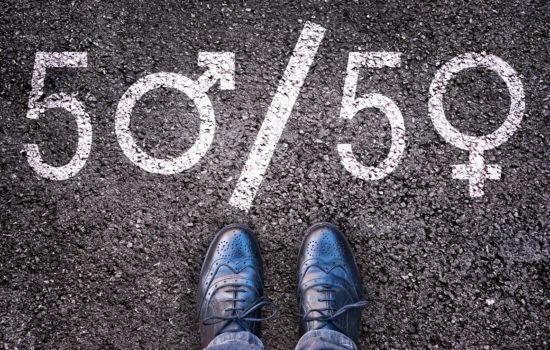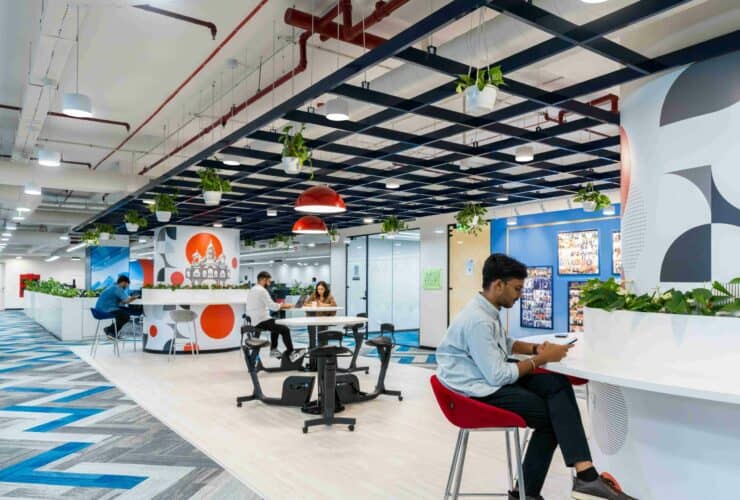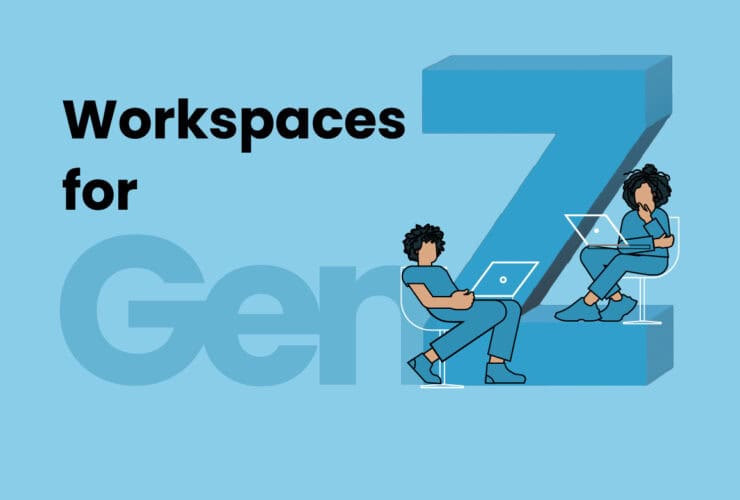Gender Equality Precepts in Workplace Architecture and Design
Today, gender equality and inclusivity is paramount for any organization. Workplace design must reflect and promote that women’s roles across most every field of work is equal or in some cases greater than men’s contributions. Having a gender-neutral or minimally gender-inclusive workplace is not nice to have; it’s an imperative. Changing roles and paradigms within the workforce must be reflected in workplaces. Regrettably, many legacy workplaces are insensitive toward women in terms of their design. At best, typical workplaces are non-gendered spaces. At worst, they can be hostile to women employees.
To understand how this important trend in the workplace is being addressed by progressive organizations, we sought the insight of Zyeta’s design team. Rather than specializing in gender-specific spaces, most contemporary designs focus on gender neutrality. This is because, while we work towards having an employee population that is gender equality empowered, we are not primality focused on the idea of having a shift from the historical design perspective. However, if an organization is led mainly by women, their resulting workplace designs tend to be more women-friendly.
Inclusive Designing
Inclusive design means developing space considering and convenient for everyone, irrespective of gender or disability. This type of design promotes environments that can be utilized by all, not just the majority population. Inclusive designs are more flexible and accessible. Designers include a wide range of inputs from a diverse populace. Anthropometrics and Ergonomics are considered in the course of coming up with inclusive designs.
A few of the design factors that are usually considered for an inclusive design include:
- Creating differently sized workplaces to accommodate the anatomical diversity of employees
- Incorporating both ramps and stairs as part of the interior to enable the use of wheelchairs and other mobility aids
- Reviewing the results of anthropometric studies to optimize workstation efficiency
- Making the design more accommodating and pleasing for all, irrespective of gender, race, ethnicity, religion or age.
The Gender Gap in Designing
Even with the trend toward more inclusive designs, contemporary paradigms often focus on male necessities at the expense of female employees in the workplace. Some of the greatest examples of gender exclusivity in workplace designs include glossy walkways, uncomfortable seating arrangements, lack of personal space within workstations, and lack of the right type of wellness rooms. Whilst at first blush these may seem trivial, implementing designs that include these attributes can make workplaces more comfortable for women.
Zyeta’s design team includes many women who bring thought leadership to this subject through first-hand experience. Here are several best practices they wish to share — small changes in mainstream workplace design that can bring big improvements in gender inclusivity through women-favorable interiors:
- Inclusion of creches and maternity rooms would be the first thing to add to the list. These enable working mothers with newborns, infants or young children the means to be cared for while at the workplace, as well provide opportunities for interaction during the work day.
- Seating, including office chairs and recliners, should be configured to accommodate pregnant employees.
- Sound spatial designing with anti-skid stairs and tiles would be another help to female workers, especially where pavements are glossy or slippery- that can be difficult for walking in heels.
- Another important and often overlooked factor is having well-maintained restrooms that are quintessential for women, which should be definitely considered in terms of gender inclusive workplace design.
Adding to these factors Zyeta’s co-founder, Amit Prakash states, “Having a women-friendly workplace also depends largely on the cultural front of the workplace. It has to feel welcoming and acceptable towards a non-traditional workplace design that is more gender inclusive.”
Workplace design trends must reflect the new wave of gender equality and neutrality in the workplace. These transformations will only increase over time.
“Not only are designs becoming more inclusive of both genders, the number of women architects is increasing,” says Shilpa Revankar, co-founder and chief architect of Zyeta. “We expect the growing number of female design professionals will affect this change more rapidly,” she concluded.
Related read: How Inclusivity Will Bring Out the Best in Your Organization
Naturally gifted with creative abilities, an ever-evolving fashion sense, and an infectious positive attitude-- she brings her best to work every day. When not brainstorming ideas at work, she loves to wax eloquent shayeris about old ghazals, travel and romance. She is a great conversationalist who finds peace in poetry and among the mountains.



